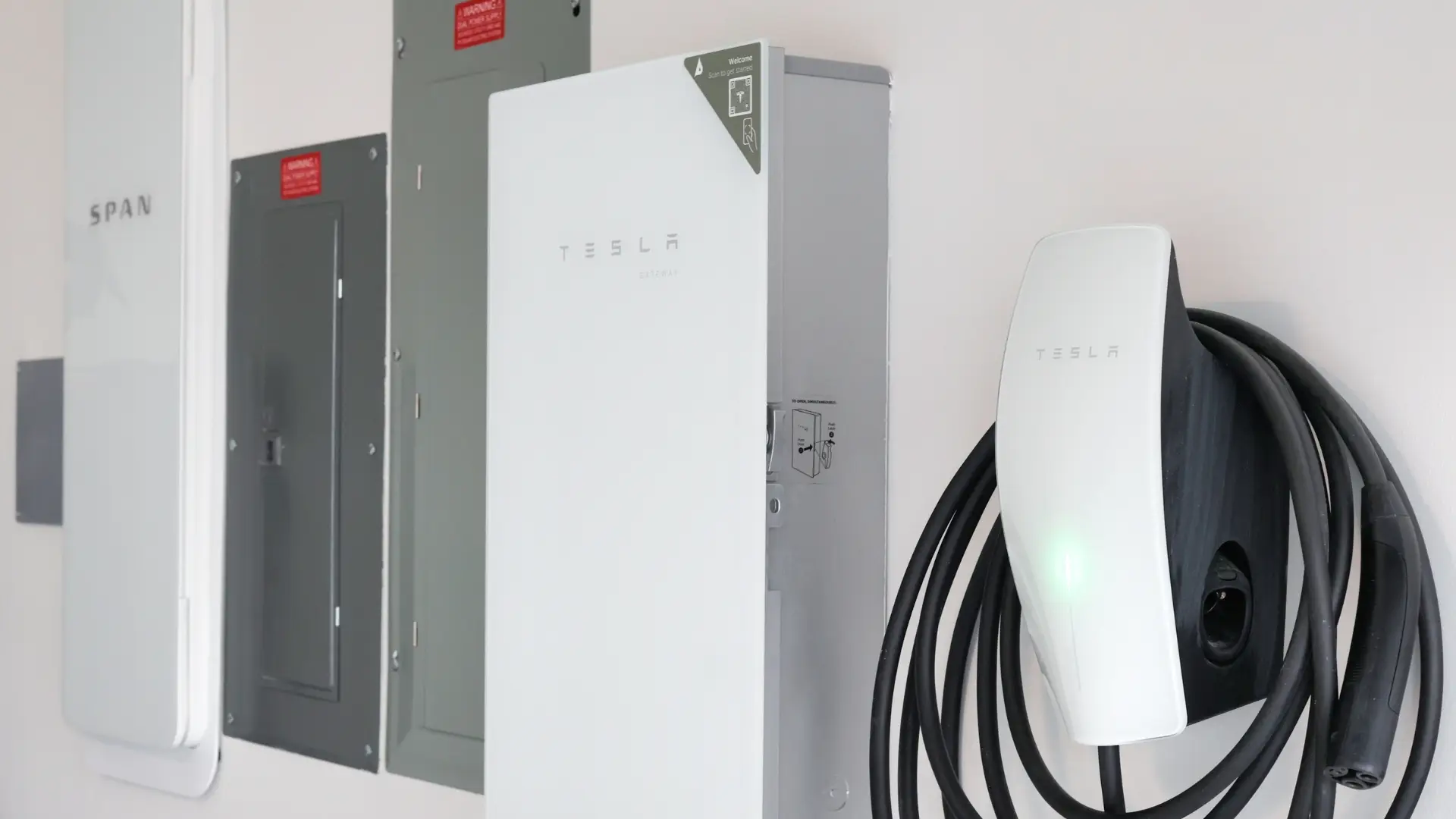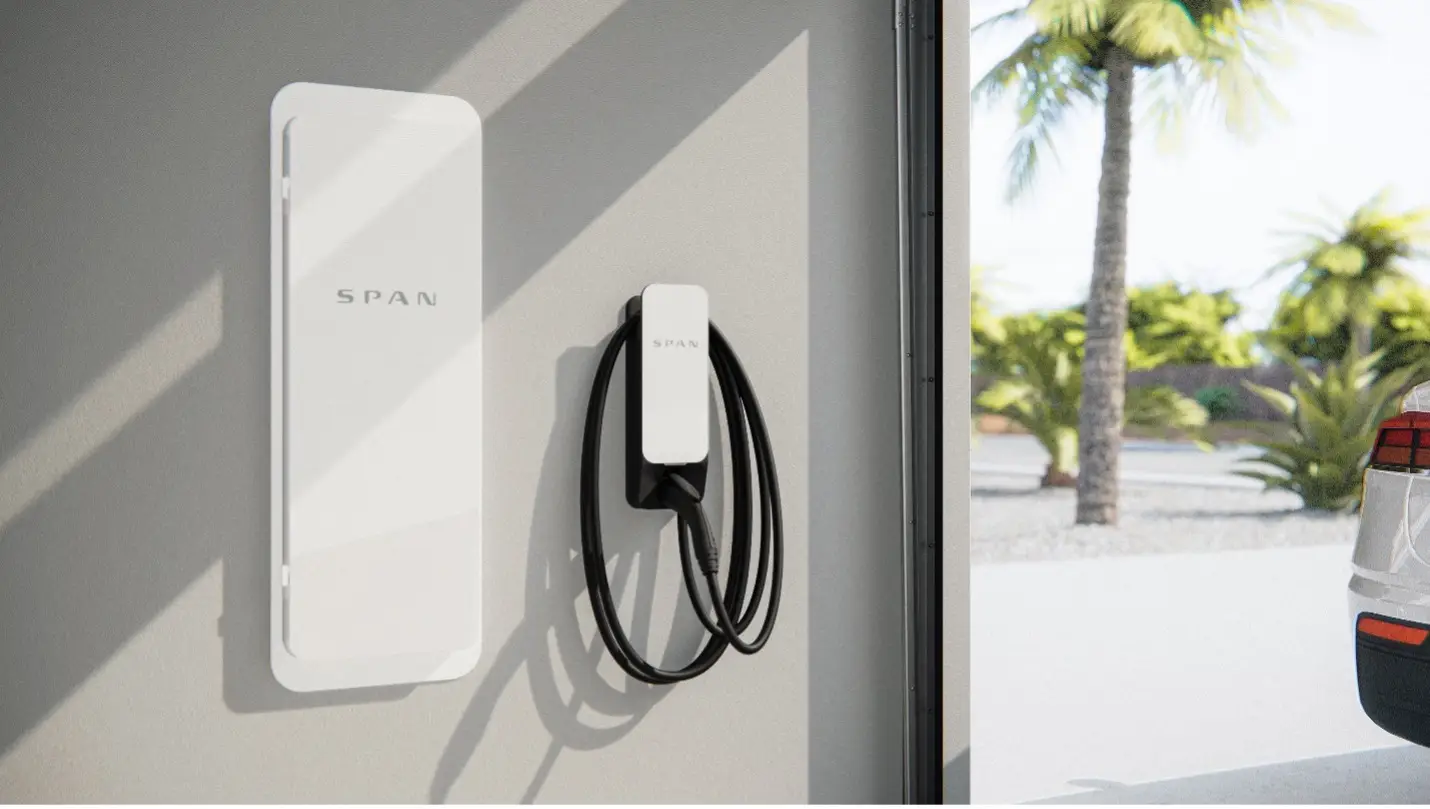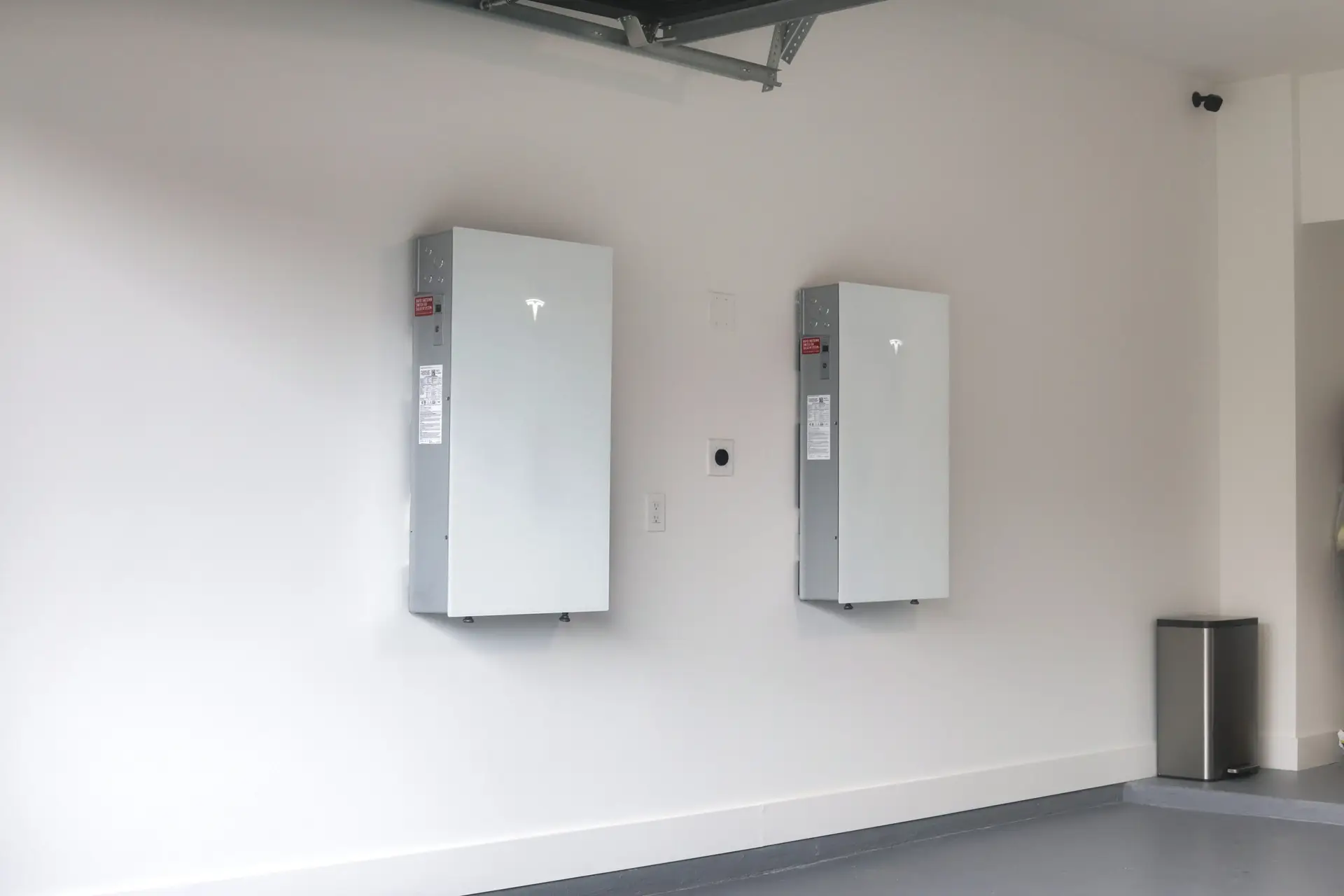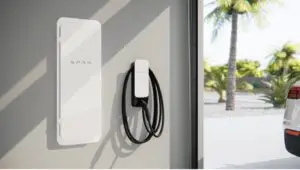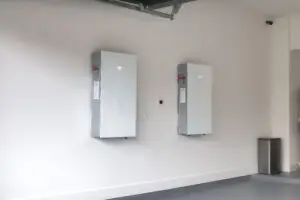What Is the Tesla Backup Gateway 3? Features, Specs & Cost
The Tesla Backup Gateway 3 is the unsung hero behind seamless backup power and energy management in homes equipped with the Tesla Powerwall; especially Tesla Powerwall 3. Acting as the brain of the system, it ensures your home can transition between grid power and stored battery power without interruption, while monitoring energy use with revenue-grade precision.
Whether you’re planning a whole-home backup setup or simply want a more intelligent way to manage your solar system, understanding what the Tesla Gateway 3 offers is essential. In this article, we’ll break down what it is, how it works, its features and specs, and what kind of cost to expect.
Understanding the Role of Tesla Backup Gateway 3
At its core, the Tesla Backup Gateway 3 is a smart energy controller that connects your Powerwall system to the electrical grid and your home. It continuously monitors grid status and automatically disconnects your home from the grid during an outage, switching to battery backup in real time. This transition is seamless and nearly instantaneous, which means your home stays powered even if the utility grid goes down.
Beyond just backup functionality, the Gateway 3 acts as a hub for energy management. It tracks solar generation, grid usage, and home energy consumption, feeding that data into the Tesla app. Homeowners can use the app to monitor performance, configure energy preferences, and plan energy usage based on utility rates. This makes it an essential component not only for reliability but also for long-term energy savings.
Key Benefits and Features
The Tesla Gateway 3 offers a blend of performance, control, and streamlined installation, making it an upgrade from its predecessor. Here are a few notable features:
- Whole-Home Backup Support: With a 200A rating, it’s capable of supporting most residential full-load backups.
- Optional Integrated Load Center: Includes an 8-space/16-circuit internal panelboard to simplify installations.
- High Fault Current Capacity: Supports up to 25kA with compatible breakers (Eaton, Siemens, Square D).
- Revenue-Grade Metering: ±0.5% AC metering for accurate energy tracking and billing alignment.
- Built-In CAN Communication: Enables seamless control and system monitoring via the Tesla app.
These features make it suitable for a range of energy applications, including solar system monitoring, time-based energy control, and coordinating multiple Powerwall units.
Tesla Gateway 3 Technical Specifications
The technical specifications below summarize why Gateway 3 is often selected for new Tesla energy system installations:
| Specification | Detail |
| Continuous Current Rating | 200A |
| Nominal Voltage | 120/240V AC |
| Max Short Circuit Current | 25kA |
| Dimensions (HxWxD) | 660 x 411 x 149mm |
| Weight | 36 lbs |
| Operating Temperature | -20°C to 50°C |
| Internal Panelboard | 8-space / 16-circuit (optional) |
| Compatible Breakers | Eaton BR, Siemens QP, Square D HOM |
| Enclosure Type | NEMA 3R (indoor/outdoor rated) |
| AC Meter Accuracy | ±0.5% |
| Warranty | 10 years |
These specifications make the Gateway 3 a durable and flexible option for residential energy systems, with performance that matches or exceeds typical service requirements.
How Much Does the Tesla Gateway 3 Cost?
As of now, the listed hardware price for the Tesla Backup Gateway 3 starts at around $1,165. However, this price represents only the unit itself. It does not include shipping, taxes, labor, or additional materials required for installation, which can vary significantly based on your home’s electrical setup and local code requirements.
In practice, most homeowners receive the Gateway 3 as part of a complete Tesla Powerwall installation. Depending on your specific configuration, such as whether you need partial or whole-home backup, or if upgrades are needed to your existing electrical service, that being said the total system cost (including Powerwall, Gateway 3, solar panels if applicable, and installation) can range from $12,000 to $16,000 or more before incentives.
💡 Notice: Tesla does not typically sell the Gateway 3 as a standalone product to homeowners. It’s bundled and installed by certified professionals to ensure compliance and system integration.
Gateway 3 vs. Gateway 2 vs. Tesla Backup Switch
Tesla currently offers three main control devices depending on your system type and backup needs:
| Feature / Model | Gateway 3 | Gateway 2 | Backup Switch |
| Designed For | Powerwall 3 | Powerwall 2 | Powerwall 3 (whole-home) |
| Max Current | 200A | 200A | 200A |
| Internal Panelboard | Yes (optional) | Limited | No |
| Transfer Switching | Yes | Yes | Yes |
| Advanced Metering | Yes (±0.5%) | Yes | No |
| Communication | CAN + Tesla App | Tesla App | Tesla App |
While Gateway 3 is the most feature-rich and flexible of the three, Tesla’s Backup Switch is a simplified solution ideal for clean whole-home backup without the need for monitoring or panelboard support. Gateway 2 is typically used for Powerwall 2 systems or legacy installations.
Installation and Energy Management Design
Installing the Tesla Backup Gateway 3 requires a certified installer. The unit is placed between your utility meter and your home’s main panel, making it the control center for all energy flows across the solar, battery, and grid.
It supports both whole-home and partial-home backup, depending on how circuits are configured. Setup is completed through the Tesla app, including system checks and firmware updates.
Also, thanks to its built-in metering, Gateway 3 enables smart energy strategies like time-of-use optimization and battery reserve settings to ensure power is available when it’s needed most.
Frequently Asked Questions
Is the Tesla Gateway 3 required for Powerwall 3?
Yes, in most installations either the Gateway 3 or Tesla’s Backup Switch is required. Gateway 3 is preferred when precise metering and flexible system design are needed.
How much does the Gateway 3 cost?
The standalone hardware is priced around $1,165, though most homeowners receive it as part of a full Powerwall system quote.
Can it work with Powerwall 2?
While Gateway 3 is designed with Powerwall 3 in mind, Powerwall 2 systems generally use Gateway 2. Compatibility can depend on system configuration.
What is the switchover time during an outage?
The transition is seamless and automatic, usually taking less than a second.
Is Gateway 3 enough to support whole-home backup?
Yes. With its 200A rating and internal breaker support, Gateway 3 is ideal for whole-home backup in most residential applications.

